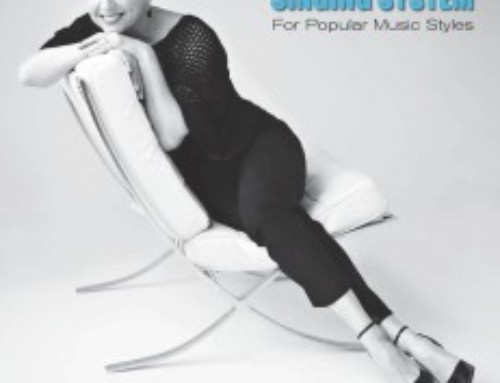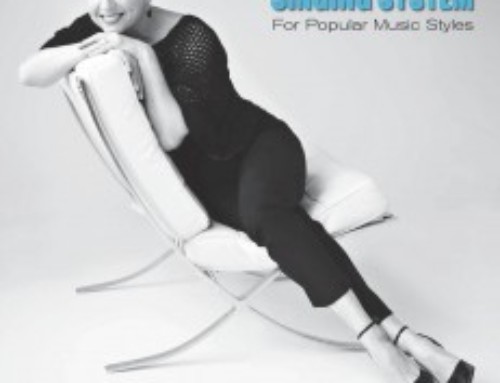
Quote Of The Day:
A live concert to me is exciting because of all the electricity that is generated in the crowd and on stage. It’s my favorite part of the business, live concerts.
I couldn’t agree with Elvis more. This blog is about helping to create that electricity with the way the stage looks. Call me neurotic, but I really like to see a live act have put some thought into balancing their stage set up (or stage plot), so that it is aesthetically pleasing to the audience as well as highly functional for the band. In my humble opinion, this small gesture goes a long way in making the audience feel like they are in for a top- notch musical experience. Finding balance with the way the instruments are arranged on stage is a good first step in creating a welcoming vibe and great visual sight lines for both the audience and band members. There are so many different configurations that you could try depending on what the instrumentation line up is on stage so that it not only looks cool, but functions well in regard to player and singer interaction on stage. Often, if you are working with a different sound company for every show, they will want to know what your “stage plot” is going to look like so they are ready for you when you get there if they are there first. Let’s take a look at a few stage plot options for a six piece band consisting a rhythm section (bass, drums, guitar, keyboard), a sax player and a lead singer.
****Apologies for the diagrams not making sense the first time I posted this blog. I fixed them to be accurate to scale and when I hit “publish”, wordpress garbles them up and they don’t look like I intended them to look. So, I have removed them and you will just have to figure it out from the way the paragraph is worded.
Option 1 –Drums in the back centre stage, Bass to the left of and slightly downstage from the drums, Keyboards to the right of and slightly downstage to the drums Sax and guitar player up front with singer. This works great when the solos are shared between these two instruments, giving them the front line of the stage to rock out. Also, everyone in the audience can see each player on stage and no one is blocking anyone else. There is also a nice open part mid-stage for any of the front line or bass player to wander into and interact with the drummer or keyboard player, who are, obviously, stationary.
Option 2 – The “Vee” is a great option if the show is built around the vocalist. This perspective really has the singer as a feature in the middle of the stage, centre front. Drums are at the point of the “v” upstage, Bass is to the left of the drums and slightly downstage, Keys are to the right of the drums and slightly downstage, Guitar is to the left of the bass and slightly downstage and Sax is to the right of the Keys and slightly downstage, thus creating the “v”. It still has the open centre feature for people to meet and mingle and play off each other during the performance.
Option 3 – “3 Lines”. This configuration has the drummer and the bass player on the same plane at the back of the stage. The other 3 players are in the second row across the middle of the stage and the vocalist is, once again, centre stage. (How can you tell I am a singer – LOL). This may be a plot you can use where space is tight and everyone has to be in closer proximity to one another. Still features the vocalist up front and leaves room in the front row on either side of the vocalist for a soloing player to move up to the front line and rock out.
How big the stage is and how close, proximity wise, you want or need to be as a band are things to consider when developing a comfortable stage plot. Be sure that if you are working a huge stage you are not too far apart from each other so that you feel like each person is on an island. The energy of the interaction of everyone is a huge factor in creating musical magic and if you are too far apart from one another it’s hard to capture that energy. On the other hand, you don’t want to be so close to each other on a big stage that you leave vast open spaces making it look like half the band missed the bus to the gig.
These are just a few examples of the many ways you can construct a stage plot. I guess the point I am trying to make here is experiment and see what works best for your music, energy, who is soloing and singing etc.
One last thing. This is a personal preference. Maybe it’s my age, my years of wearing high heels on stage, the fact that I am a Mother, or whatever. Try to keep all the cords running on stage nice and neat and remove all garbage like coffee cups and food wrappers from the stage before the performance unless you are a punk band and part of your schtick is tossing garbage around on stage and into the audience. These few housekeeping reminders will have your stage looking pro. Have fun!
Until next time… Breathe and Happy Singing!
Angela
www.5pointsingingsystem.com/live/manual
— Delivered by Feed43 service


